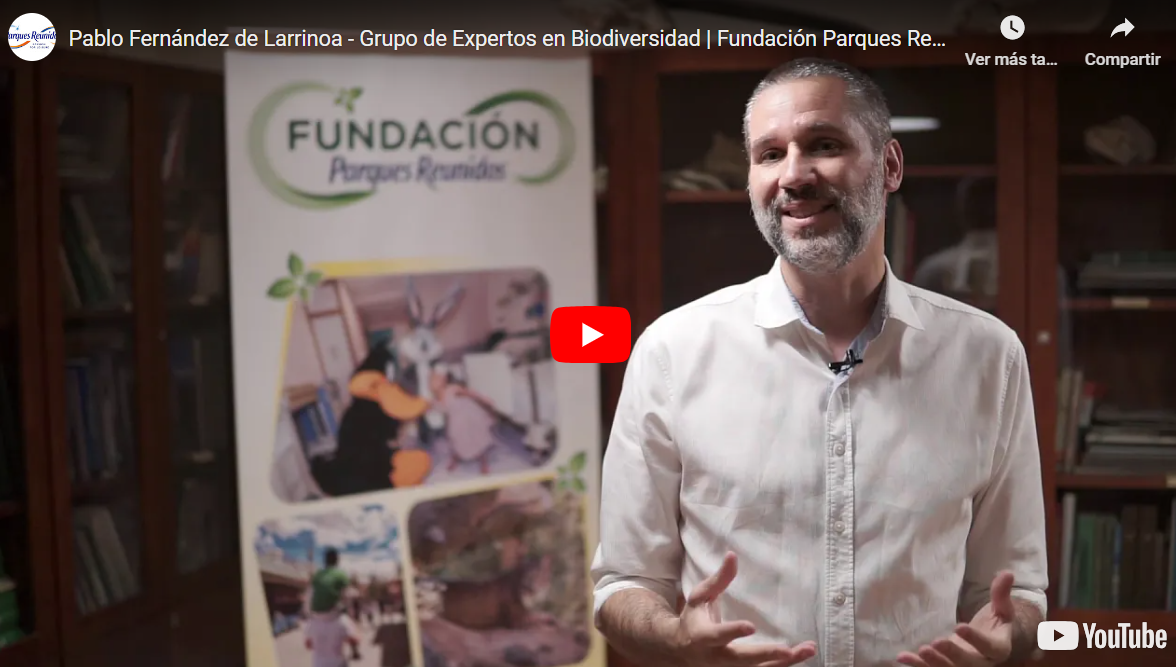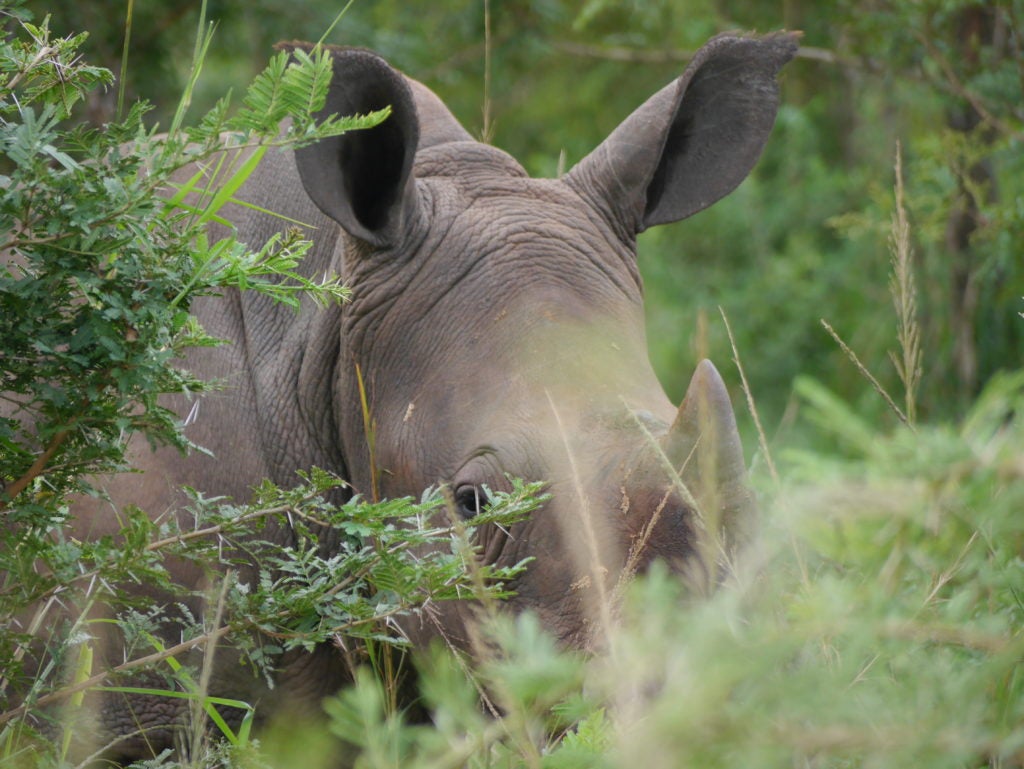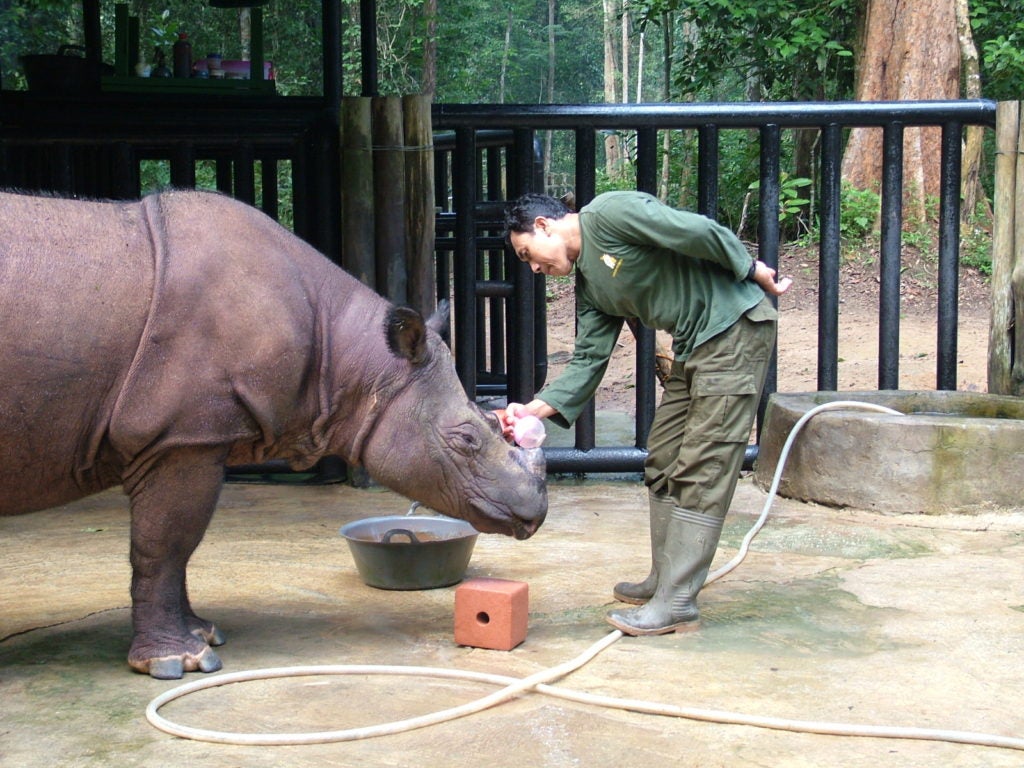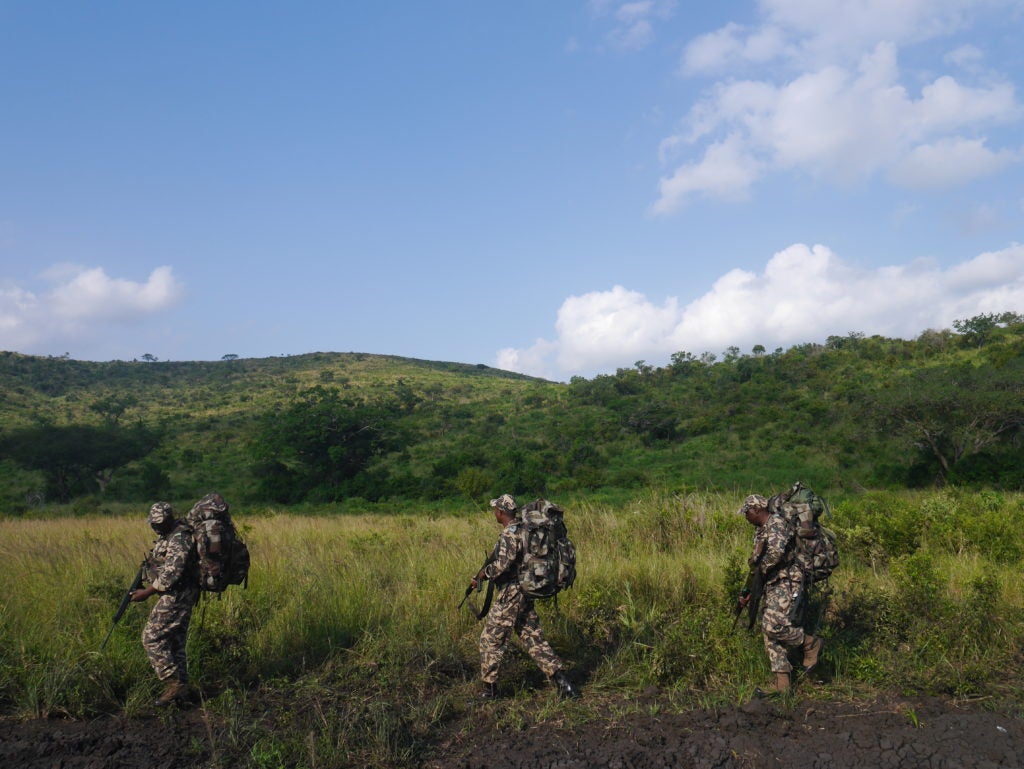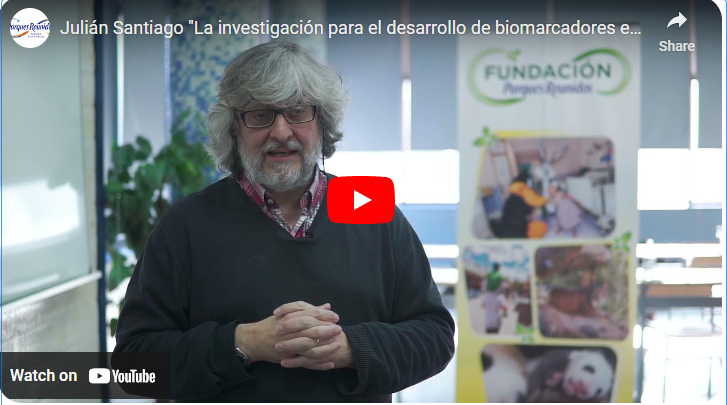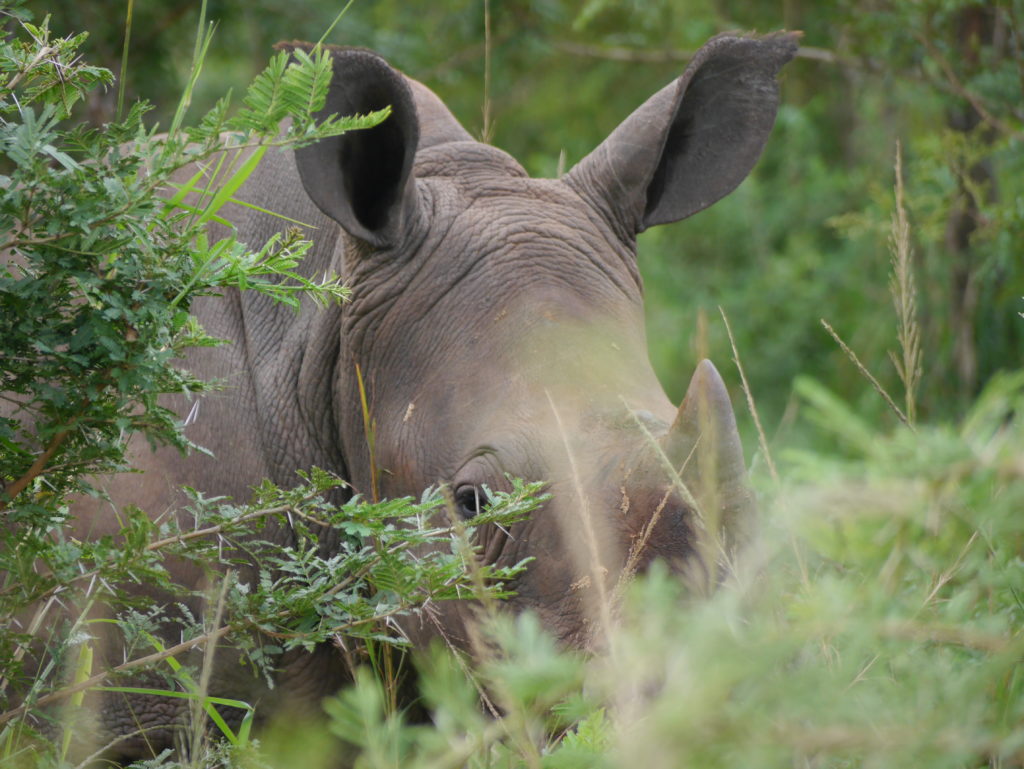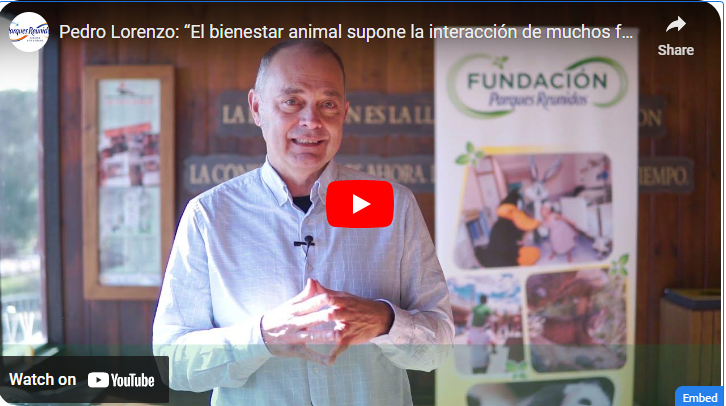Like most reserves in Africa, the Hluhluwe-iMfolozi Park also went on lock down. Indeed, many rangers decided to stay on the ground for three months instead of going back home to continue protecting wildlife at the park. This meant that, during that time, they needed material to protect themselves against Covid-19 in addition to the usual material provided by Save the Rhino.
Indeed, 2020 was not a bad fundraising year for Save the Rhino. Despite the pandemic, the organization reached record contributions thanks to their campaigns to support rangers in African and Asian reserves.
THE EFFECT OF COVID-19 ON WILDLIFE PROTECTION
At the start of the pandemic, there were many who linked the origin of the virus to Chinese wet markets. Yet these are markets where any kind of fresh produce -and not only wildlife- can be sold. These claims spurred the conversation about the status and regulations surrounding the human connection to wildlife and how it affects animal trade. While some claims were unfair and ill-informed, China is still home to a wide range of world wildlife. In this regard, the situation caused by Covid has inspired revisions and improvements in Chinese wildlife policies.
Yet, in the case of rhino conservations, these revisions and conversations did not have too much impact. It is widely known that one of the main reasons for poaching rhinos is to sell their horns in the black market. Indeed, in traditional Chinese medicine, rhino horns are believed to have healing properties. This belief overlooks the fact that they are made of keratin, the same protein found in hair and nails. Still, revisions of Chinese regulations did not explicitly address the issues involving the illegal trade of rhino horns and poaching of these animals.
